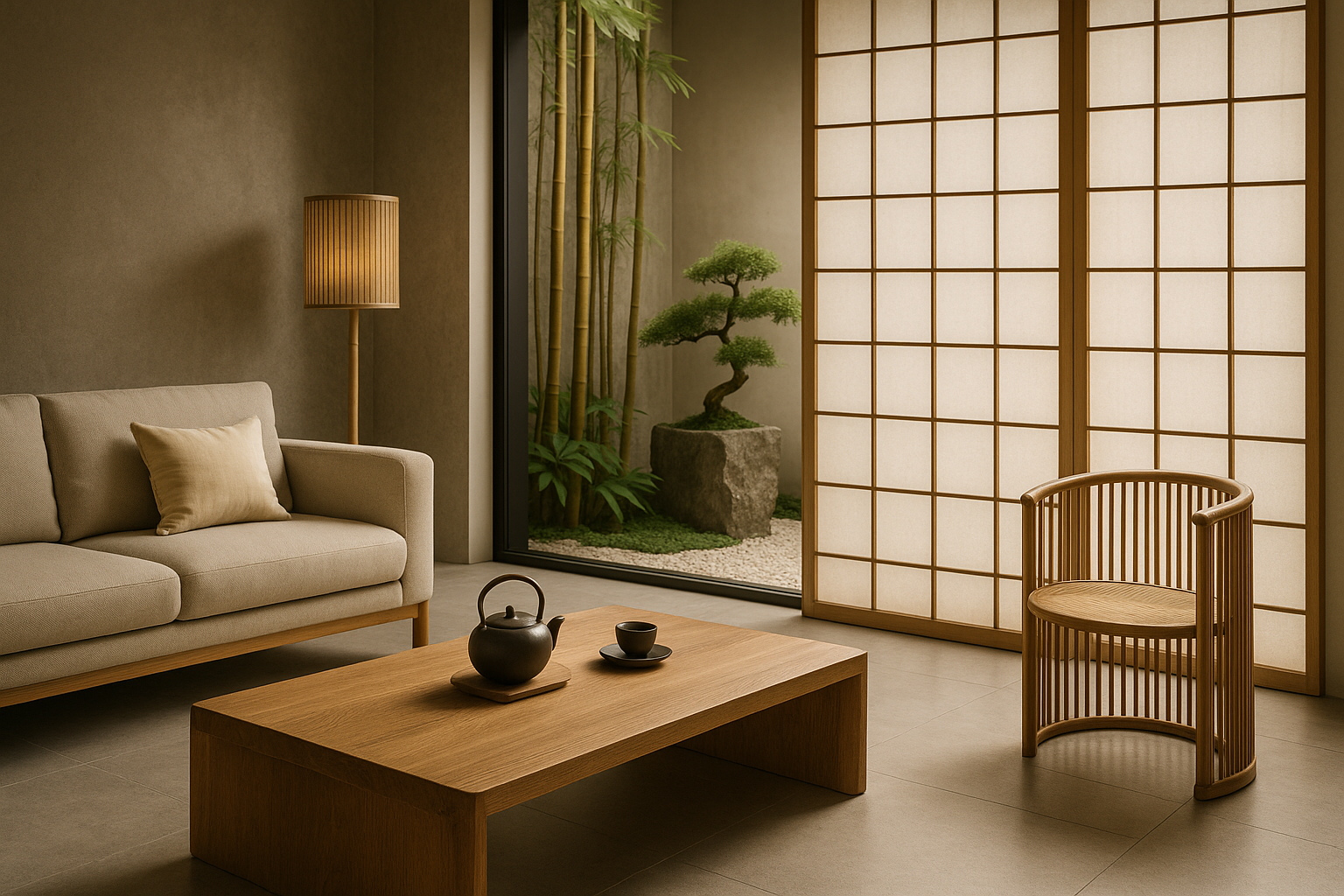"Fusion of the Orient: Incorporating Asian Aesthetics in Modern Home Design"
Unveiling a world of tranquil aesthetics and minimalist sensibilities, Asian-inspired home decor is making waves in modern interiors. This article delves into the rich tapestry of Asian design elements, their historical roots, and their transformative impact on contemporary spaces.

The Genesis of Asian-Inspired Design
Asian design aesthetics have a rich and varied history, mirroring the diversity of the continent itself. Rooted in ancient philosophies and cultural practices, these aesthetics emphasize balance, harmony, and simplicity. Whether it’s the Japanese principle of ‘Wabi-Sabi’ that finds beauty in imperfection or the Chinese concept of ‘Feng Shui’ that harmonizes individuals with their surroundings, these design tenets have seeped into the global design lexicon, inspiring a softer, more introspective approach to home decor.
Infusing Asian Aesthetics: Current Trends and Insights
Today, Asian-inspired design is experiencing a resurgence, as homeowners seek tranquility amidst the hustle of modern living. Natural materials like bamboo, stone, and silk are gaining popularity for their earthy elegance. Furniture with low profiles and clean lines, inspired by Japanese ‘Zen’ design, is replacing opulent, space-consuming pieces. In color palettes, muted earth tones and neutrals are favored over loud colors, reflecting the Asian emphasis on creating calm, serene environments.
Practicality and Market Trends
Incorporating Asian aesthetics into home design is not just about recreating an exotic look; it’s about designing spaces that promote peace, balance, and well-being. As mindfulness and wellness become buzzwords in our fast-paced society, spaces that embody these values are increasingly in demand. According to a report by Global Market Insights, the Asian furniture market is projected to grow at a CAGR of 5.8% from 2020 to 2026, reflecting this trend.
Enhancing Daily Living with Asian Design Elements
Asian design elements, with their focus on simplicity and harmony, can transform everyday spaces into personal sanctuaries. An uncluttered room with minimalist furniture can serve as a serene home office. A Zen garden, with its carefully arranged rocks and plants, can become a contemplative outdoor space. Even a simple bamboo screen can add a touch of Asian elegance to a room, while offering privacy.
Conclusion
In the world of interior design, Asian aesthetics offer a refreshing counterpoint to the frenetic pace of modern life. They remind us that our homes can be more than just functional spaces—they can be places of balance, harmony, and tranquility. As we continue to navigate the pressures of the 21st century, the fusion of the Orient in our homes offers a serene refuge, beautifully blending the old and the new.




